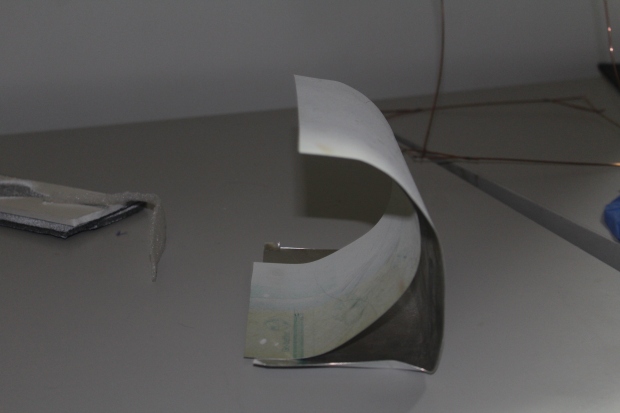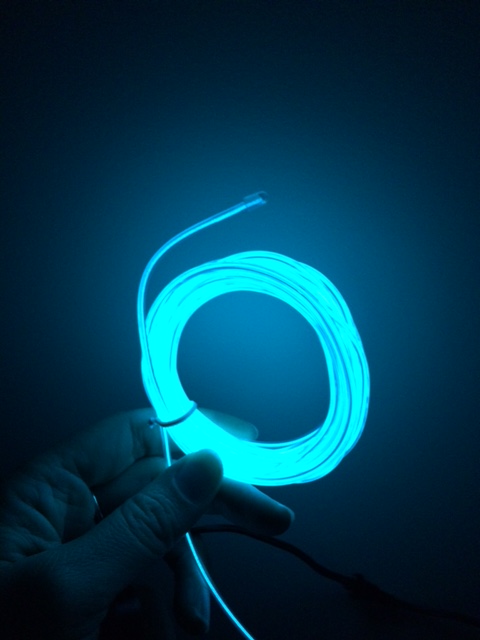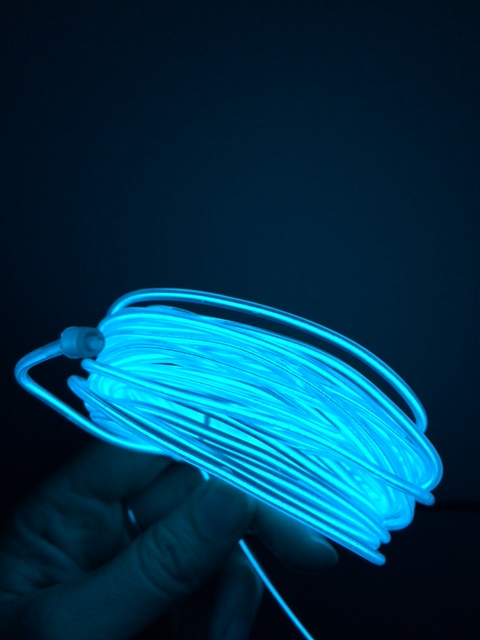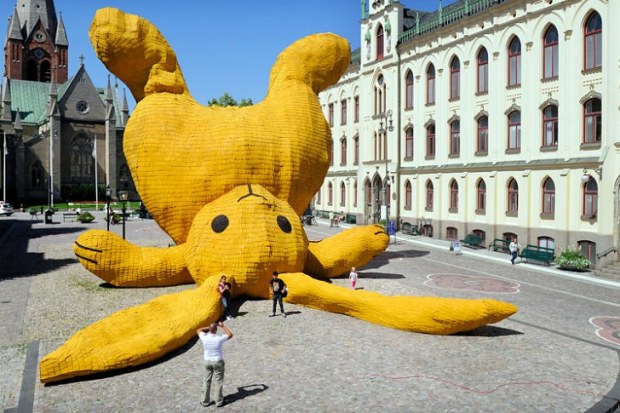Plasma waste processing systems may be the next step in the right direction to reduce the tonnes of waste (plastics included) that get dumped and over time cause major effects on the environment. Plasma Processing reduces large amounts of toxic gases, waste, solid matter, plastics, and so forth and aids the recycling process of bringing the materials back to its original form to then in turn be made into something new.
This chemical reduction is already revolutionising the way major corporations are disposing of and where possible reusing matter in society, with the US Air Force Base operating a Plasma waste energy system. The next generation of air craft carriers called the Garold R. Ford-Class will have Plasma Waste Processing Stems on board. Plasma can also being used and developed to rid the world of some of the most toxic materials known to man, chemical warfare agents. Plasma is also able to destroy refrigerant, an Ozone depleting substance (or super green house gas (which is 7,100 times stronger than carbon dioxide!)) For more information follow this link.
The only issue with Plasma and why governments are not already using it in everyday life, is that the share size and expense of an incinerator, or plasma plant, being at least $100 per tonne for the proper disposal of our waste, over twice the amount to have it taken to the landfill and buried.
To find out more about this fascinating topic please follow this link to find the talk by Tom Whitton on how Plasma can be used to help the environment through waste reduction.
To find out about Plasma waste possessors check out the article on ‘how stuff works‘ and the ‘pyrogenesis‘ website.
References:
Information retrieved from,
Whitton, Tom, – Chemical Engineer and former City Councillor, and TEDx Talk. “How Plasma Can Fix Our Waste Problem | Tom Whitton | TEDxMontreal.” YouTube. January 19, 2016. Accessed June 21, 2016. https://www.youtube.com/watch?v=VquomoGn4zk&feature=youtu.be.























































